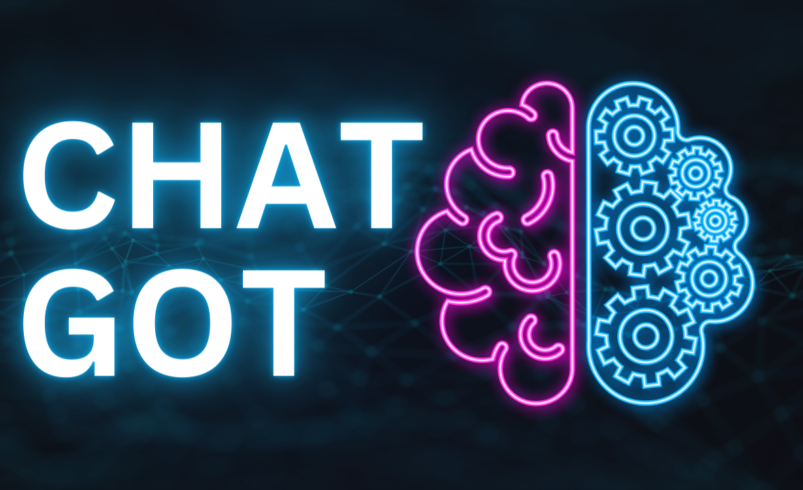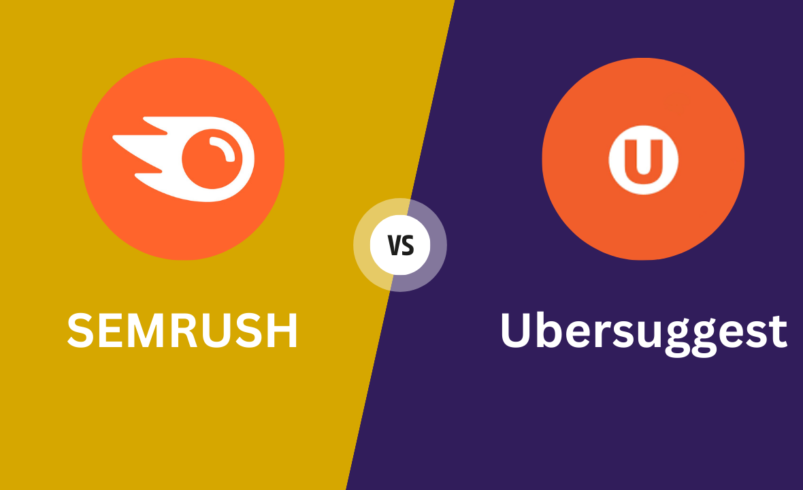
Can You Hear The Future? Apps Like Whisper Are Real Power
Speech recognition technology has come a long way in recent years. With advanced AI models and apps like Whisper, we are now able to transcribe speech with astonishing accuracy. In this blog post, we will discuss Whisper and explore how it is shaping the future of speech recognition.
What is Whisper?
Whisper is an AI model developed by Anthropic to transcribe speech into text. It was created using self-supervised learning on a massive dataset of English audio data. This allows apps like Whisper to understand nuances in natural speech and accurately convert it to text.
Some key features for apps like Whisper include:
-
State-of-the-art accuracy for speech recognition.
It has a word error rate as low as 4.2% on LibriSpeech test clean audio. For comparison, human transcription has a word error rate of about 5%.
-
Fast transcription speeds.
Whisper can transcribe approximately 50 hours of audio data in one hour using a standard GPU.
-
Small model size.
Despite its high accuracy, the model is only 317MB in size. This allows it to be deployed efficiently.
-
Ability to handle noisy audio and accented speech.
Whisper is trained on diverse speech data, making it robust to background noise and variations in speaking style.
With these capabilities, Whisper represents a major advancement in speech recognition that points to an exciting future.
How Whisper Works
Whisper uses a deep learning model architecture based on transformers. Here is a high-level overview of how it transcribes speech:
1. Audio input.
Apps like Whisper takes raw audio data as input. This can be from sources like microphones, video files, etc.
2. Acoustic model.
First, a model analyses the audio spectrogram and extracts acoustic features. This encodes information like pitch, volume, and tones.
3. Lexical model.
Next, these acoustic features are passed to another model that converts them into textual tokens. It matches audio patterns to word and phrase representations.
4. Language model.
Finally, the output is passed through a language model that uses context to correct errors and ensure the transcription reads fluidly.
5. Text output.
The end result is accurate, natural-sounding text transcripts of the input audio.
Whisper synchronizes all these components seamlessly using a Connectionist Temporal Classification (CTC) loss function. This allows end-to-end training of the entire pipeline.

The Power of Self-Supervised Learning
A key innovation that makes Whisper so accurate is its use of self-supervised learning during training. Most speech recognition models are trained using supervised learning – manually transcribed audio clips.
However, manually transcribing thousands of hours of audio is time-consuming and costly. Self-supervised learning gets around this by having the model learn from unlabeled data using a pre-training task.
Specifically, Whisper is pre-trained by predicting masked sections of its input spectrogram. This teaches the model to understand speech sounds and patterns without needing transcribed data.
After pre-training on unlabeled English audio, Whisper is then fine-tuned on transcribed data. Combining self-supervised pre-training with supervised fine-tuning gives Whisper its state-of-the-art performance.
This semi-supervised approach allows training with orders of magnitude more data than would be feasible with pure supervised learning. That’s how Whisper gets great results with less data.
Applications of Whisper
The high accuracy and speed of Apps like Whisper open up many new applications for speech recognition:
-
Video/audio transcripts.
Whisper provides cheap, accurate transcription for media files.
-
Captioning.
It can add real-time captions to live video streams and in-person conversations.
-
Voice assistants.
Integration with chatbots and virtual assistants allows more natural voice commands.
-
Meeting notes.
Business meetings and lectures can be automatically turned into searchable transcripts.
-
Dictation.
For content creators, Whisper enables high-quality speech-to-text with minimal errors.
-
Data annotation.
Transcripts from Whisper can help label audio data for training other machine-learning models.
-
Audiobooks.
Automating audiobook creation using synthesized voices aligned to Whisper transcripts.
-
Accessibility.
Captioning and transcripts can make audio/video content more accessible for hearing-impaired users.
These use cases demonstrate how Whisper can make speech recognition almost ubiquitous going forward.
The Future of Speech Recognition
Apps like Whisper gives us a glimpse into the future of speech recognition. Its human-level accuracy and speed open new real-time applications using voice as input.
But there is still room for improvement. Performance deteriorates with highly specialized jargon and languages other than English. Background noise and audio quality also pose challenges.
Areas for future work include:
- Multi-lingual models that understand diverse languages and accents.
- Enhancing acoustic modelling using self-supervision on raw audio.
- Improving robustness to noise via data augmentation and model architectures.
- Optimizing for specialized vocabulary domains like medicine, law, etc.
- Compression techniques to enable on-device deployment on smartphones and IoT devices.
- End-to-end systems that directly predict actions from speech, without text as intermediate.
As these areas advance, we can expect speech recognition to become an increasingly seamless and interactive experience. The future is voice-enabled.

Conclusion
In summary, Whisper represents a massive leap forward in speech recognition because of the innovations like self-supervised learning. It achieves unprecedented accuracy and speed that shows new applications using speech as the primary interface.
There remain challenges in making speech recognition ubiquitous. But with models and apps like Whisper, we are certainly on the right path. The future seems bright for the field and we may soon find speech technologies enhancing many aspects of our lives.
The advances from Whisper underscore how self-supervised learning applied to large datasets can enable remarkable progress in AI. As models continue to improve, it’s exciting to imagine how they might understand and interact with us through natural conversation. In many ways, Whisper allows us to hear that future potential more clearly than ever before.
















